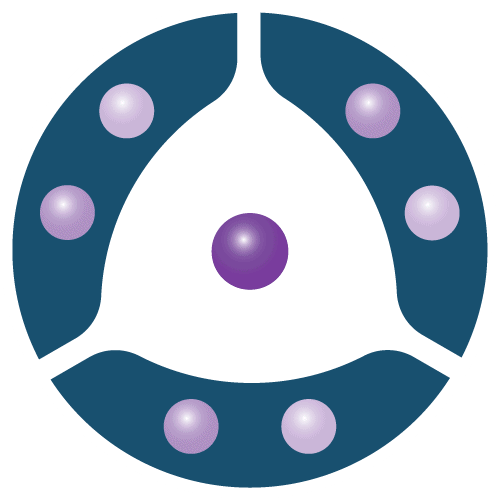Endo-lysosomal patch clamp assay
Case Study
Case Study title
Endo-lysosomal patch clamp assay
Overview
Due to their localisation to small intracellular compartments, endo-lysosomal ion-channels have been historically challenging to study using conventional patch-clamp techniques. However, recent advances in lysosomal biology make it possible to enlarge and extract endo-lysosomes for subsequent recording using manual patch-clamp electrophysiology. This approach allows for the characterization of channel function within the native environment, facilitating better physiological understanding.
Endo-lysosomal extraction technique
- Cells are incubated for at least 2 h with vacuolin-1 to enlarge endo-lysosomes.
- Prior to recordings, cells are briefly incubated with neutral red to visualise acidic intracellular compartments.
- A small diameter glass pipette is used to rupture the cell and to excise enlarged endo-lysosomes.
- Isolated endo-lysosomes are subsequently patched using a fresh, fire polished glass pipette.

Figure 1. Schematic illustrating lysosomal patch clamp technique
TRPML1 case study
Transient receptor potential mucolipin 1 (TRPML1), is Ca2+ permeable, nonselective cation channel, expressed in late endosomes and lysosomes. TRPML1 is a key regulator for multiple cellular functions including lysosomal signalling, autophagy, and membrane trafficking. Mutations in MCOLN1, encoding TRPML1, cause mucolipidosis type IV, a severe autosomal recessive lysosomal storage disorder, characterised by diverse symptoms including delayed psychomotor development and ocular aberrations. TRPML1 has further been implicated in the pathogenesis of Alzheimer’s disease and other neurodegenerative disorders, making it an attractive target for drug discovery.
TRPML1 is regulated by pH, with the highest activity under acidic conditions as found in the lysosomal lumen (Figure 2). In this example, experiments were performed in whole cell configuration on the manual patch clamp platform using a variant lacking the organelle targeting motif (TRPML1-4A), that can be expressed at the plasma membrane and would therefore also be suitable for high throughput screening.
pH dependence of TRPML1-4A activation – whole cell recordings


To investigate these channels in their native environment, we established a refined manual patch clamp technique to directly record from isolated endo-lysosomes, suitable for investigating potential therapeutic agents as exemplified in the example shown in Figure 3.
ML-SA1 concentration-response -endo-lysosomal recordings



